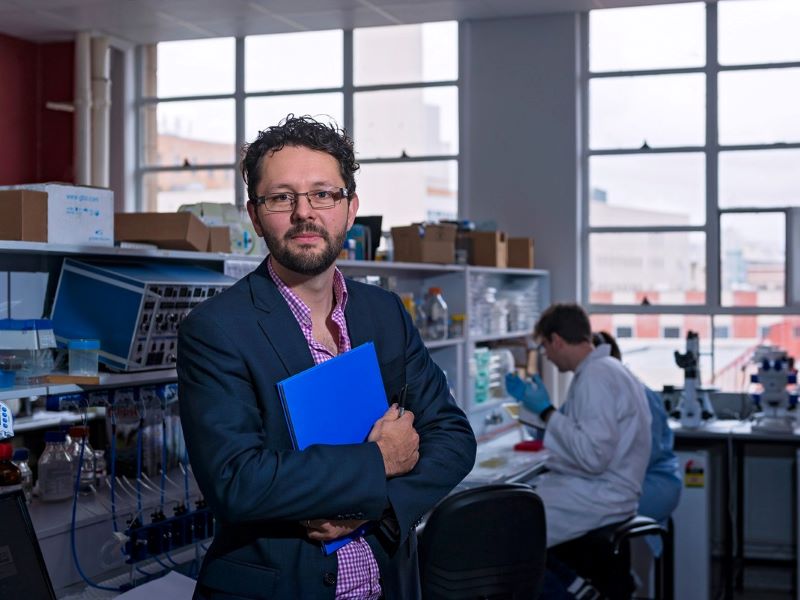Science and Technology Australia are calling on the federal government to establish a $20 billion “locked box of capital” which the peak body estimates could contribute up to $2.3 billion for the economy each year.
The Science Future Fund would target investment in discovery science research projects that require longer term support beyond short-term grant funding cycles, according to STA’s 2023 pre-Budget submission.

The fund should be modelled on the Medical Research Future Fund (MRFF), a $20 billion sovereign fund made up of five years of federal treasury savings and meant to be held in perpetuity. It awards grants from the investment income it generates.
It is overseen by the Future Fund Board and has a mandate to generate an average return of at least 1.5–2 per cent a year, over a rolling 10-year period.
STA previously called for the establishment of a Research Translation Fund in its 2021 and 2022 pre-Budget submissions, which would be an initial investment of $2.4 billion.
Between the MRFF’s establishment in 2015 and the end of January 2023, the fund had awarded nearly $2.3 billion in research grants. It currently awards grants at annual rate of $650 million.
STA’s estimation that a Science Future Fund would add $2.3 billion to the economy annually is based on a 2021 CSIRO report that claimed every dollar invested in R&D generated $3.50 in economy-wide benefits.
A similar $1.6 billion Future Health Research and Innovation Fund is held by the Western Australian state government, which awarded $63.6 million in grants in its first two years of activity.
STA president Professor Mark Hutchinson said it would help Prime Minister Anthony Albanese’s ambition of an economic future “powered by science” and Deputy Prime Minister Richard Marles’ pledge that the Albanese Government will be “the Science Government”.
“Supercharging Australian discovery science would unleash a new golden era of breakthrough discoveries to power our nation’s economic development in the decade ahead,” Mr Hutchinson said.
“By creating an ambitious new Science Future Fund, the Government can forge an enduring legacy to put science investments beyond short-term funding cycles. This fund would be a gamechanger for Australian economic growth.
“It would match the ambitions of our global technological allies and rivals; safeguard our national security and sovereign capability in an era of escalating global economic uncertainty; future-proof local jobs; and deliver a more prosperous future for all Australians.”
STA chief executive Misha Schubert said a Science Future Fund was needed to keep up with the strategic investments in science being rapidly scaled in other countries.
“Right now the world is locked in a fierce science and technology race, as other countries strategically invest to secure their own economic futures through science breakthroughs and innovation,” Ms Schubert said.
“In the US, the CHIPS and Science Act will supercharge science by a massive $52 billion – something US President Joe Biden calls a ‘once in a generation investment in America itself’. The UK is also dramatically ramping up public investment in R&D.
“Australia must be every bit as bold in our ambition to be a global science and technology superpower.”
Among its ten recommendation, the STA also recommended that the federal government meet its commitment to boosting R&D expenditure by “making bold new direct investment in Australia’s R&D of significant scale in this Budget to start to push our nation’s investment in R&D closer to three per cent of GDP”.
This should include a funding boost for the Australian Research Council and the National Health and Medical Research Council in the upcoming federal budget as well as increasing the issuance of grants over “longer term cycles – aiming for five, seven or ten years”.
Editor’s note: This story has been edited to clarify the difference between the fund that STA previously called for and the future fund.
Do you know more? Contact James Riley via Email.

